Wararka Gawaarida korantada korantada
What is maintained on electric vehicles that is different from gasoline vehicles?
Dhajiyay ag Gawaarida korantada
In today’s automotive landscape, gaari korontos are becoming an increasingly popular choice for many consumers. As more people make the switch from traditional gasoline vehicles to electric ones, understanding the differences in maintenance requirements becomes crucial. Maintenance not only helps to ensure the optimal performance of a vehicle but also plays a vital role in detecting potential safety hazards in a timely manner. Given the distinct structure and driving methods of gaari korontos compared to traditional fuel vehicles, there are significant differences in their later maintenance needs. Let’s explore the topic of gaari koronto maintenance from the following aspects.

Maintenance cycle:
The maintenance cycle is a concept that most vehicle owners are familiar with. It refers to performing maintenance tasks at regular intervals based on a certain time period or mileage. In the past, the maintenance cycle for gasoline vehicles was typically around once every six months. This was mainly due to the complex mechanical components of gasoline engines that required regular inspection and servicing to ensure proper functioning.
Hase yeeshee, gaari korontos operate on a different principle. They do not have traditional powertrain components such as internal combustion engines. Gaari korontos rely on electric motors and battery packs for propulsion, which eliminates the need for lubrication and many of the maintenance tasks associated with gasoline engines. Natiijo ahaan, the maintenance cycle for gaari korontos is relatively longer.
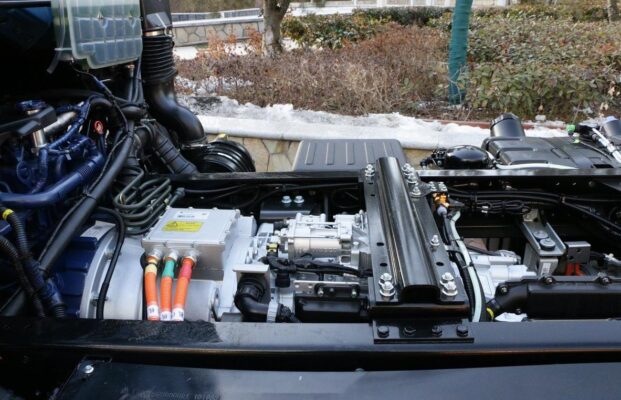
Basically, gaari korontos only need maintenance once a year or every 10,000 kiiloomitir. This longer maintenance interval is a significant advantage for gaari koronto owners as it reduces the frequency of visits to the service center and saves time and effort. Tusaale ahaan, a person who owns a gasoline vehicle may need to take time out of their busy schedule every six months to get the vehicle serviced. Taas bedelkeeda, an electric vehicle owner can go for a longer period without worrying about regular maintenance appointments.
It’s important to note that while the maintenance cycle for gaari korontos is generally longer, it still depends on various factors such as driving habits, environmental conditions, and the specific model of the vehicle. Tusaale ahaan, if someone frequently drives in harsh conditions such as extreme heat or cold, or engages in aggressive driving, it may be advisable to have the vehicle checked more frequently. Intaa waxaa sii dheer, different manufacturers may recommend slightly different maintenance intervals based on their own design and engineering considerations.
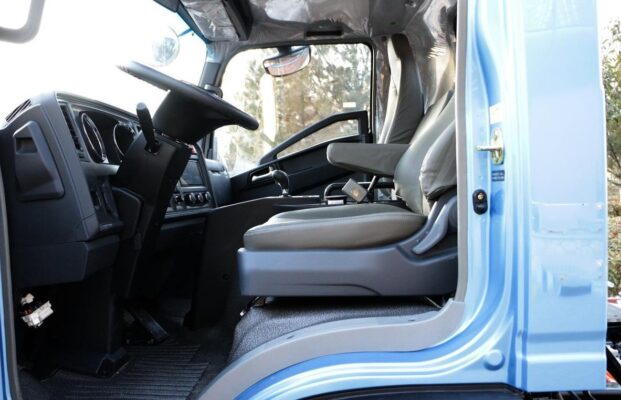
Maintenance items:
In terms of maintenance items, gaari korontos and gasoline vehicles also have significant differences. Due to their unique structure, the maintenance of gaari korontos is much simpler. Only the core components need to be maintained, and replacement and repair can be carried out in a timely manner according to the vehicle’s own state.
The maintenance items for gaari korontos mainly focus on the detection of the electronic control units of batteries and motors. The battery pack is the heart of an gaari koronto, and ensuring its proper functioning is essential for the vehicle’s performance and range. Regular inspection of the battery’s state of charge, maanyo danab, and temperature can help detect any potential issues early on. Intaa waxaa sii dheer, the electronic control unit that manages the battery’s charging and discharging processes also needs to be checked for proper operation.
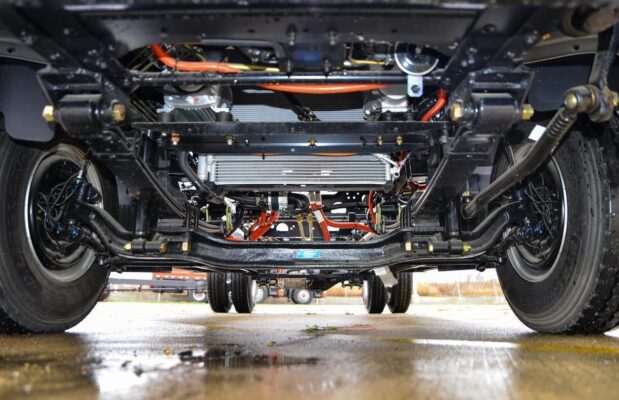
The electric motor is another crucial component of an gaari koronto. Similar to the battery, the motor also has its own electronic control unit that needs to be monitored. Since the motor needs cooling and lubrication, regular inspection of these systems is important to ensure the motor operates efficiently and reliably. Tusaale ahaan, checking the coolant level and ensuring proper circulation can prevent overheating of the motor. Lubrication of the motor bearings can also help reduce wear and extend the motor’s lifespan.
In addition to the battery and motor, other wearing parts of gaari korontos, such as windshield wipers and brake pads, are similar to those of traditional fuel vehicles and can be replaced regularly according to actual usage. Windshield wipers are essential for maintaining good visibility during rainy or snowy weather, and they wear out over time just like in gasoline vehicles. Brake pads also need to be inspected and replaced when necessary to ensure safe braking.
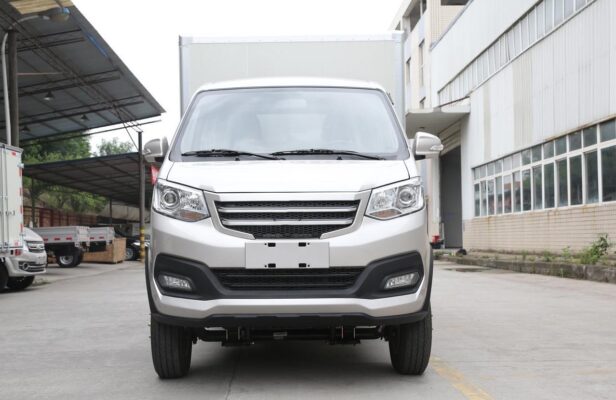
Hase yeeshee, there are some differences in the braking system of gaari korontos. Badan gaari korontos have regenerative braking systems that use the motor to slow down the vehicle and generate electricity at the same time. This can reduce the wear on the brake pads compared to traditional vehicles, but they still need to be checked periodically to ensure they are in good condition.
Maintenance cost:
The cost of maintaining an gaari koronto is another aspect that sets it apart from gasoline vehicles. Guud ahaan, the routine maintenance cost of most gaari korontos is relatively low compared to gasoline vehicles. This is mainly due to the simpler structure and fewer maintenance items of gaari korontos.
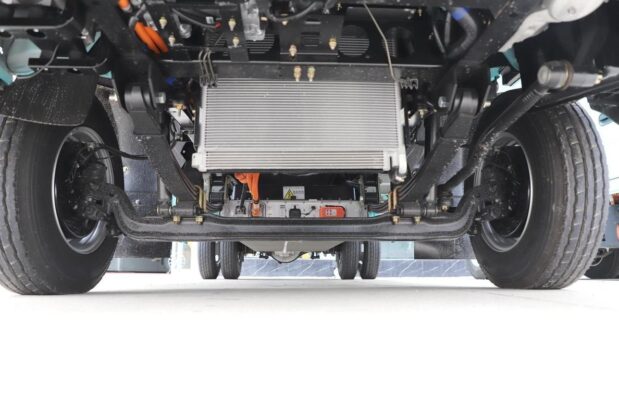
When inspecting and maintaining the three power systems (dhagxaan, motor, and electronic control unit), the current general cost is around 100 si 200 yuan. This cost may vary depending on the specific model of the vehicle and the service provider. Some brands also provide free maintenance and service guarantees, such as offering free first maintenance items and complimentary maintenance services for a certain period.
Tusaale ahaan, a new gaari koronto owner may enjoy free first maintenance within the first year of ownership. This can include inspections of the battery and motor, as well as software updates to ensure optimal performance. Intaa waxaa sii dheer, some manufacturers may offer extended warranties on the battery and motor, which can provide peace of mind to owners and reduce long-term maintenance costs.
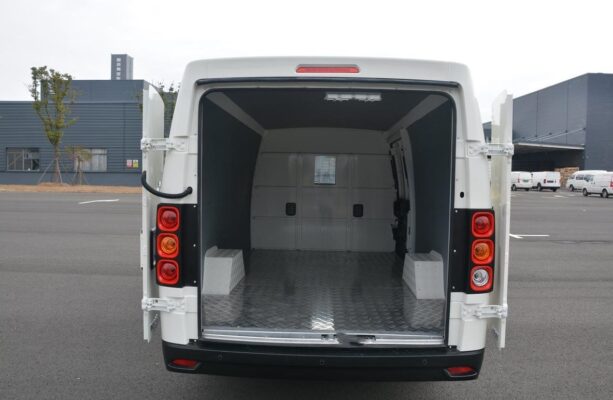
Taas bedelkeeda, the maintenance cost of a gasoline vehicle can be significantly higher. Gasoline engines require regular oil changes, beddefka shaandhada, and tune-ups, which can add up to a substantial expense over time. Intaa waxaa sii dheer, the complex mechanical components of gasoline vehicles are more prone to wear and tear, leading to higher repair costs.
In short, when it comes to the maintenance of pure gaari korontos, there are clear differences in maintenance costs and items compared to gasoline vehicles. If we compare gaari korontos and gasoline vehicles according to the maintenance standards of traditional fuel vehicles, then the economic practicality of pure gaari korontos is still very high. The maintenance procedures of new energy vehicles are indeed much more convenient than those of fuel vehicles, and a lot of costs can be saved.
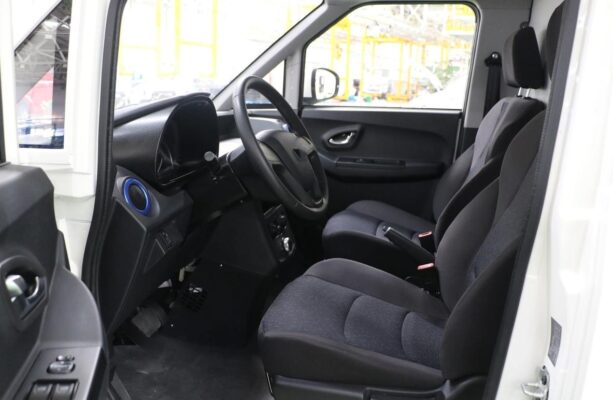
Tusaale ahaan, consider a person who owns both a gasoline vehicle and an gaari koronto. Over the course of a year, the gasoline vehicle may require several oil changes, beddefka shaandhada, and other maintenance tasks, which can cost several hundred dollars. Taas bedelkeeda, -ga / -da gaari koronto may only need a simple inspection and software update, costing less than 200 yuan. This significant cost difference can be a major factor for consumers considering switching to gaari korontos.
Sidaas darteed, choosing new energy vehicles is a more economical and wise choice for many consumers. Not only do gaari korontos offer lower maintenance costs, but they also contribute to a cleaner environment by reducing emissions. Sida tikniyoolajiyaddu sii socoto, it is likely that the maintenance of gaari korontos will become even more efficient and cost-effective, making them an even more attractive option for the future.